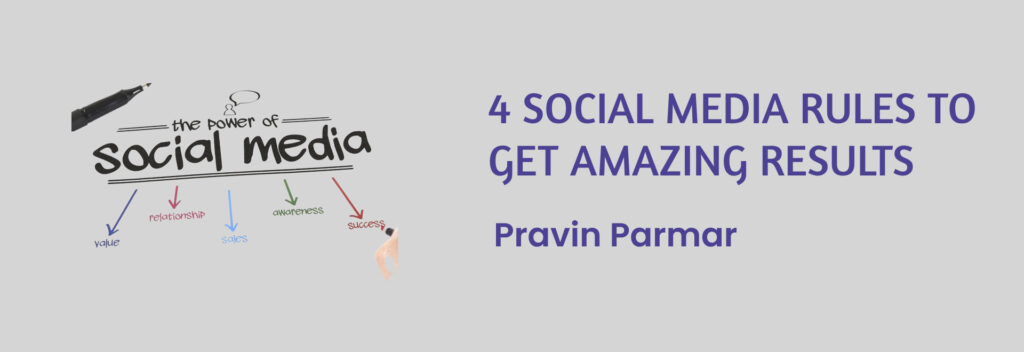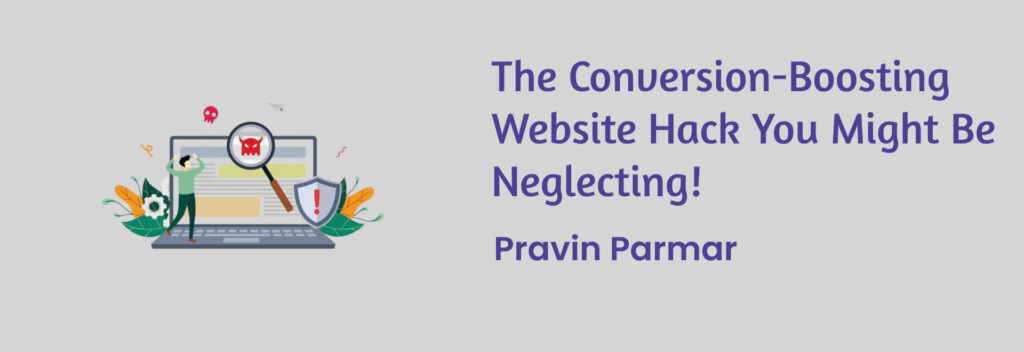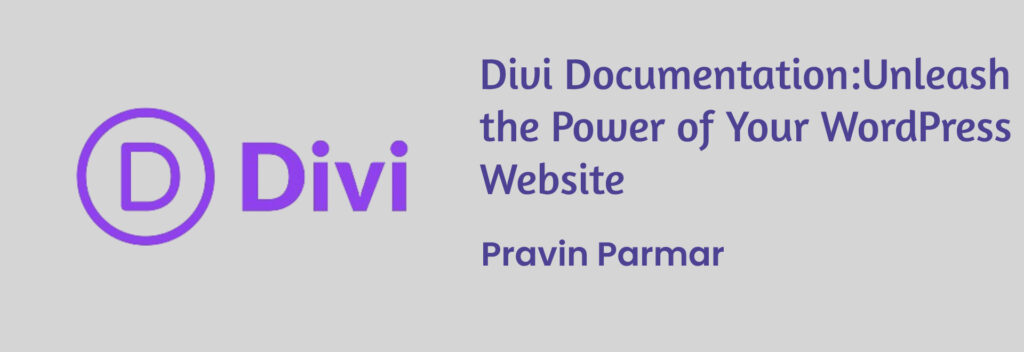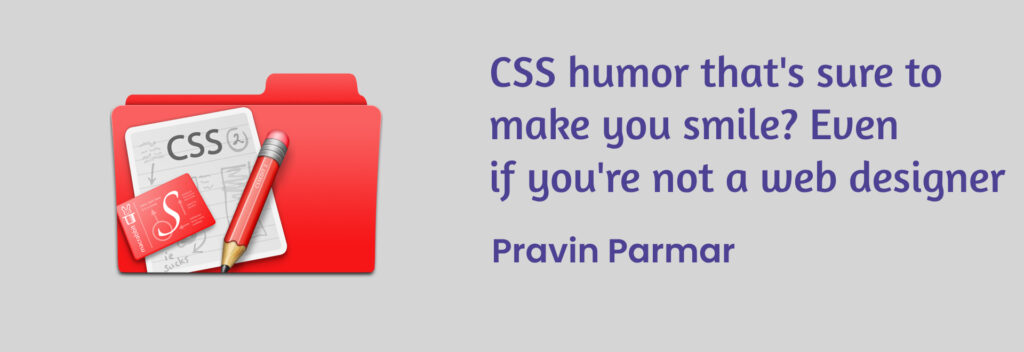Top 4 SOCIAL MEDIA RULES TO GET AMAZING RESULTS
Follow These Four Rules To Succeed! The significant role of Social Media for businesses and people can be explained briefly. State that it is important to stick to a certain set of rules if extraordinary results are desired. Dedicate Time And Be Committed It is now clear that social media is a dynamic platform, which requires individuals to be dedicated and committed to delivering their best. It’s not just about sporadically posting content or casually interacting with followers; it’s about investing time and effort consistently to build a strong and engaged audience. Let’s delve into why dedicating time and being committed to your Social Media presence can make all the difference. Consistency Breeds Trust: Imagine following a brand or individual on social media, only to find irregular updates or periods of silence. It can be disheartening and may lead to disengagement. Consistency, on the other hand, breeds trust. When your audience knows they can rely on you for regular and valuable content, they are more likely to stay connected and engaged. Building Relationships Takes Time: Social media isn’t just a broadcasting platform; it’s a place for meaningful interactions and relationship-building. However, forging genuine connections doesn’t happen overnight. It requires ongoing conversations, responding to comments and messages promptly, and showing genuine interest in your audience’s needs and preferences. Timely Responses Matter: In the fast-paced digital world, a delayed response can cost you a customer. Whether it’s addressing a query or resolving an issue, being prompt in your responses shows that you value your audience’s time and concerns. It can turn a dissatisfied customer into a loyal advocate for your brand. Quality Over Quantity: They will dictate the posts’ tone, topic, structure, and overall course, but it is also important not to compromise on the quality of content created. Always strive for quality that meets the needs and interests of the readers and generates positive discussions. This aspect of the website is vital since high-quality content is pleasing to the eyes and stimulates participation and further sharing. Time Management and Planning: Dedicating time to social media doesn’t mean spending every waking moment scrolling through feeds. It’s about effective time management and planning. Set aside dedicated slots in your schedule for creating content, engaging with your audience, and analyzing performance metrics. Embrace Learning and Adaptation: The social media landscape is dynamic, with trends and algorithms constantly evolving. Stay informed, embrace learning, and be open to adapting your strategies. What works today may not work tomorrow, so continuous learning and adaptation are key to staying ahead. Celebrate Milestones and Learn from Challenges: Celebrate your social media milestones, whether it’s reaching a certain number of followers or achieving a high engagement rate. Equally important, learn from challenges and setbacks. They offer valuable insights that can help refine your approach and fuel future growth. Quality, Not Quantity: Crafting Compelling Social Media Content In the realm of social media, the adage “quality over quantity” holds immense significance. While it may be tempting to flood your feeds with a multitude of posts, it’s the quality of your content that truly captures attention, engages audiences, and drives meaningful results. Let’s explore why prioritizing quality is paramount in social media content creation. Capturing Attention with Value: In a sea of endless content, quality stands out like a beacon. Your content should offer value to your audience whether it’s informative, entertaining, inspirational, or solves a problem. Aim to create content that resonates with your audience’s interests, challenges, and aspirations.Fostering Engagement and Interaction: High-quality content is a catalyst for engagement. When your audience finds your content valuable and relevant, they are more likely to like, comment, share, and start conversations. This engagement not only boosts visibility but also strengthens relationships with your audience. Building Brand Credibility and Trust: Consistently delivering quality content builds trust and credibility for your brand. It showcases your expertise, authenticity, and commitment to providing value. Over time, this trust translates into loyalty and advocacy among your followers. Embracing Creativity and Innovation: Quality content is often a result of creativity and innovation. Experiment with different formats, storytelling techniques, and visual elements to create content that stands out. Don’t be afraid to think outside the box and surprise your audience with fresh ideas.Striving for Perfection vs. Iterative Improvement: While aiming for high quality is essential, it’s also important to strike a balance between perfection and iterative improvement. Don’t let the pursuit of perfection hinder your ability to consistently deliver valuable content. Learn from feedback, analyze performance metrics, and refine your content strategy over time.Tailoring Content for Different Platforms: Each social media platform has its own dynamics and audience preferences. Tailor your content to fit the nuances of each platform while maintaining a consistent brand voice and message. Adaptation and customization enhance the relevance and impact of your content.Monitoring Performance and Optimization: Track the performance of your content using analytics tools. Pay attention to metrics such as engagement rates, click-through rates, and audience demographics. Use data-driven insights to optimize your content strategy and deliver even greater value to your audience. Know Your Target Audience And Use It: A Guide to Effective Social Media Marketing Credible social media marketing strategies inevitably start with knowing your target audience. It’s not just about broadcasting your message; it’s about crafting content and strategies that resonate with your audience’s interests, preferences, and needs. Let’s delve into why knowing your target audience is crucial and how to leverage this knowledge for impactful Social Media Marketing. Why Knowing Your Audience Matters: Knowing your audience leads to improved messaging, content, and campaigns that are in tune with the likes of your audience. The tool lets you understand how they communicate, how they think, and what challenges you could help solve. It saves time and provides a greater level of satisfaction, as well as creating better partnerships.Creating Buyer Personas: Start by creating detailed buyer personas that represent your ideal customers. Include demographic information, interests, challenges, goals, and preferred social media platforms. Use market research, surveys, and analytics to gather insights and refine your personas over





